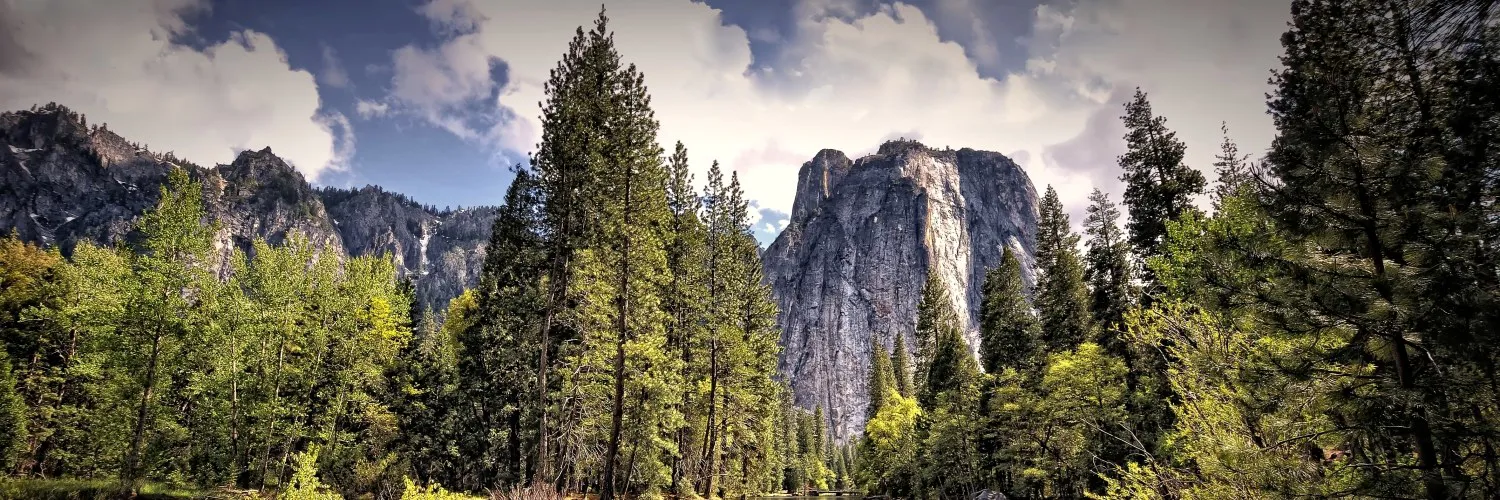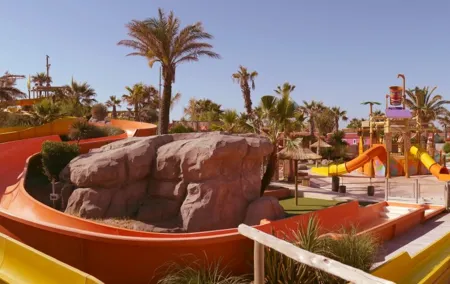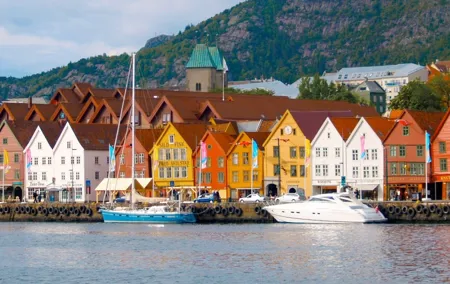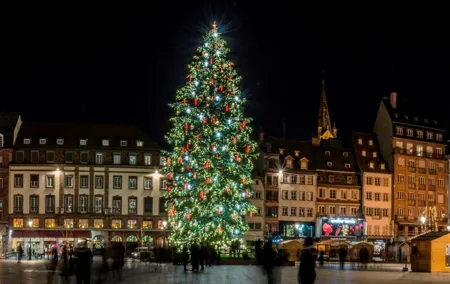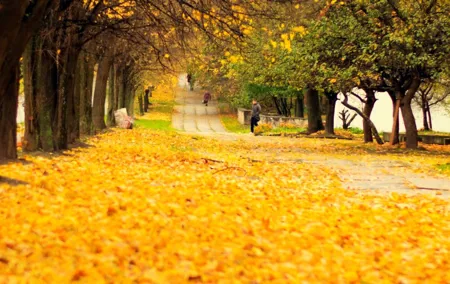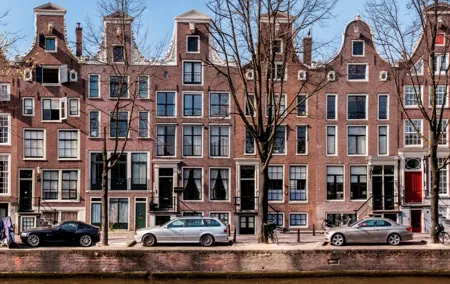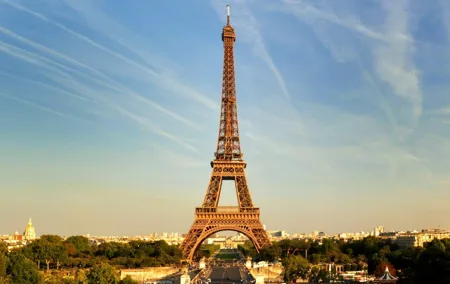Living in the frantic pace of the city and spending most of the day behind a computer or in the office, it's so refreshing to relax in nature surrounded by flowers, greenery, and blissful silence. Parks have always been a favorite spot for relaxation, and in the modern world, they have become even more valued. We present to you a selection of the most beautiful and expansive parks in the world, which boast not just neat rows of benches and trees.
Keukenhof Park (Netherlands)
Despite the fact that Keukenhof Park is located in the small town of Lisse, 40 kilometers away from the Netherlands' capital, it has long been considered one of the main attractions of Amsterdam. That's because visiting this city in spring and missing out on Keukenhof Park is simply unforgivable.
Keukenhof Park is open to visitors for just two months a year, from March to May, during the blooming period of the Netherlands' main flowers - tulips. This park could serve as a vivid illustration of the phrase "a sea of flowers". Absolutely every space not occupied by paths and benches is planted with the main flowers of spring. Hundreds and thousands of tulip varieties are accompanied by fragrant hyacinths, elegant daffodils, and a multitude of other flowers and shrubs. The atmosphere in the park is truly magical. And of course, the famous endless tulip fields are a sight that is definitely worth seeing in person!
What to do?
- Rent a bicycle and explore the park on two wheels.
- Find the most beautiful tulip (not an easy task).
- Take a photo against the backdrop of a windmill and tulip fields.
- Buy tulip bulbs as a souvenir and grow them at home.

flickr / Jean-Marie Plompteux
Peterhof Palace and Park Ensemble (Russia)
If you've already enjoyed the urban landscapes of the northern capital and are wondering where to go in Saint Petersburg, start exploring its surroundings. The park in Peterhof, where Peterhof Palace (Peter the Great's residence) is located, is the best choice.
The park ensemble of the royal residence Peterhof astounds with its scale and luxury. The palace is located on the shore of the Gulf of Finland. The garden-park ensemble consists of many parts. The Lower Park, with its famous fountains, holds the central place in the architectural and landscape composition. Attention also deserves the Alexander Park, the English Park, and of course, the Upper Garden with the "Neptune" fountain.
What to do?
- Take a photo on the steps of the Grand Palace against the impressive backdrop of the Sea Channel.
- See all the fountains of the Lower Park.
- Get soaked by the hidden joke fountains in the Lower Park.
- Find your way out of the fountain-labyrinth.
- Take a photo in an imperial outfit.
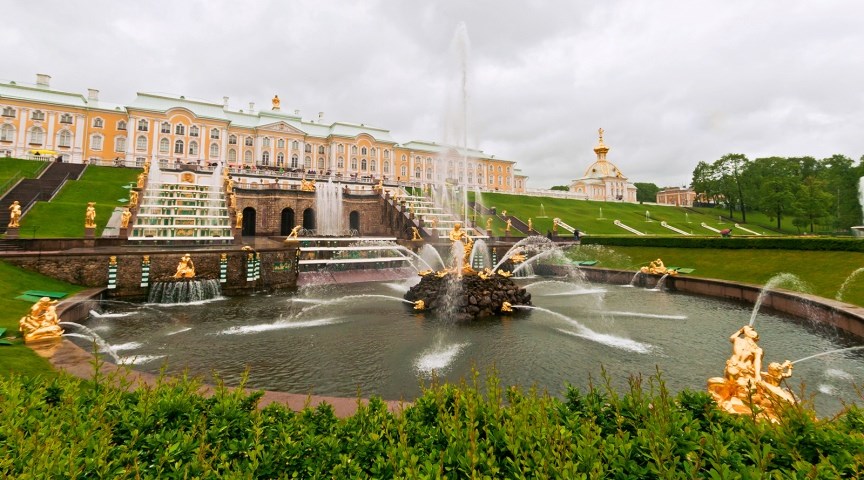
flickr / Pablo Pola Damonte
Yosemite Park (California, USA)
The world-famous Yosemite National Park is located in California. The best way to get there is from San Francisco. It's a vast territory with forests, valleys, waterfalls, cliffs, lakes, carefully preserved by the state. Even though the park is in a southern state, it will surround you with coniferous forests with ancient sequoias, snow-capped mountains, and crystal-clear cool air. Yosemite Park preserves the USA's natural treasure in its pristine form, offering everyone the chance to get acquainted with the region's wild nature.
To fully enjoy the beauties of the park and see the main local attractions, plan to spend at least 2-3 days here. Many Americans spend a full week's vacation in Yosemite.
What to do?
- Take a photo against the backdrop of Vernal and Nevada waterfalls.
- Watch for beavers, deer, and other park inhabitants.
- Choose any hiking route and test your physical abilities.
- Pick up a piece of sequoia bark, which looks like a puzzle, as a souvenir.
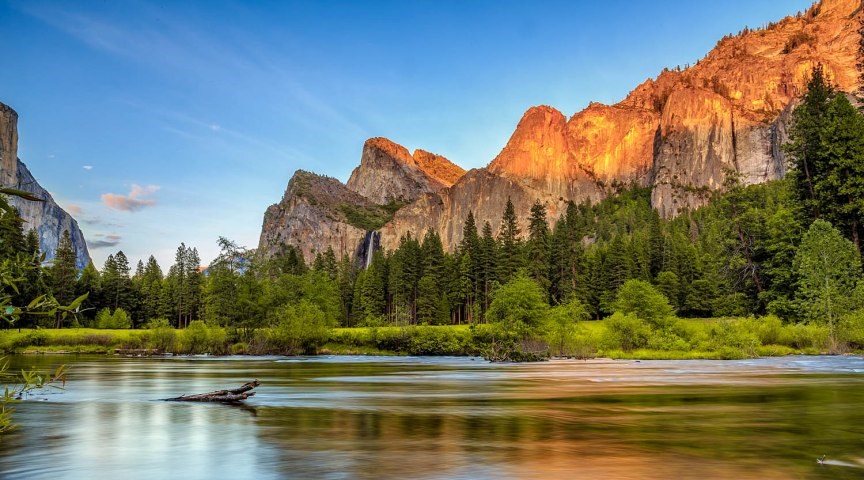
flickr / amit srivastav
Ashikaga Flower Park (Japan)
The Ashikaga Flower Park is located in the city of Ashikaga on the island of Honshu. The park's main treasure is the wisteria. This tree-like plant amazes with its beauty during the flowering period. Voluminous floral clusters of delicate pastel shades hang from the branches, creating an astonishing sight. Millions of tourists from all around the world flock to this park from April to May to catch the magical wisteria blooming.
Thanks to the meticulous work of gardeners, the park is adorned not just with individually growing wisterias but with whimsical compositions that add a touch of fairy tale and fantasy. Moreover, wisterias have a light and pleasant fragrance.
What to do?
- Experience a "flower shower" without getting wet.
- Walk the "Path of Happiness", which is a tunnel made of snow-white wisterias.
- Take a photo at the park's most popular spot - a tunnel of pink-lilac wisterias.
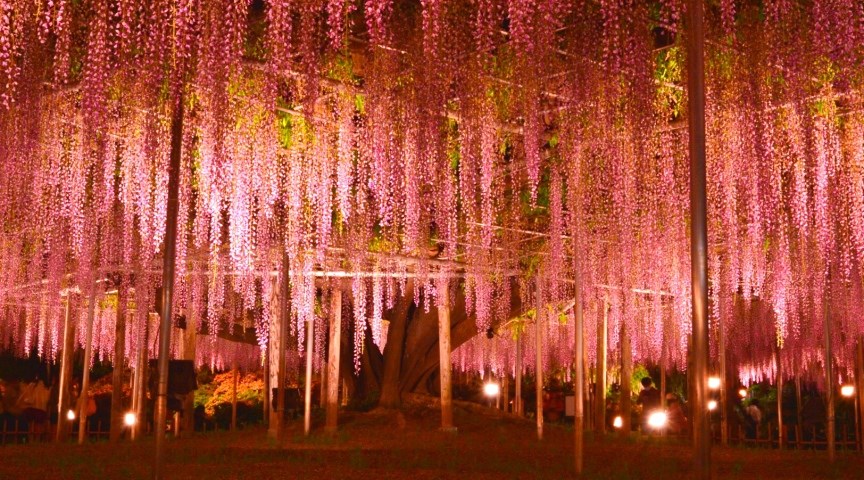
flickr / 昊呆 余
Grüner See Park (Austria)
Grüner See, translating to "Green Lake", fully captures the essence of this amazing place. The park is located in the Hochschwab mountains. To get there, you will first need to find tickets to Vienna and then head to the town of Tragöß, which is 178 kilometers away from the Austrian capital.
What makes it so remarkable and is it worth the journey? This park will leave an indelible impression on lovers of diving. From August to April, Grüner See is a typical mountain park with paths for hiking and scenic landscapes. However, in spring, it turns into the most unusual park in the world. From mid-April to August, the valley fills with meltwaters, and the park goes underwater. The water level rises by a whole twelve meters!
Divers from all around the world come here to stroll through the underwater park with benches, paths, piers, shrubs, and trees. This is a truly unique experience to see familiar objects and plants in an unfamiliar setting.
What to do?
- Take pictures sitting on a bench under water.
- "Walk" along underwater paths.
- Touch the tops of trees under water.
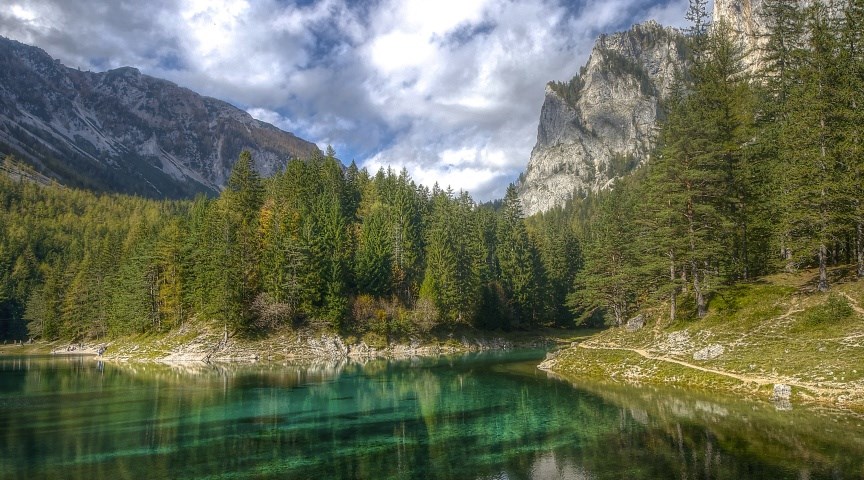
flickr / Kristoffersonschach
